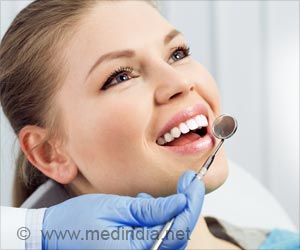Researchers at the UCL Eastman Dental Institute have found that insufficient cleaning could allow build-up of microbes on orthodontic retainers.
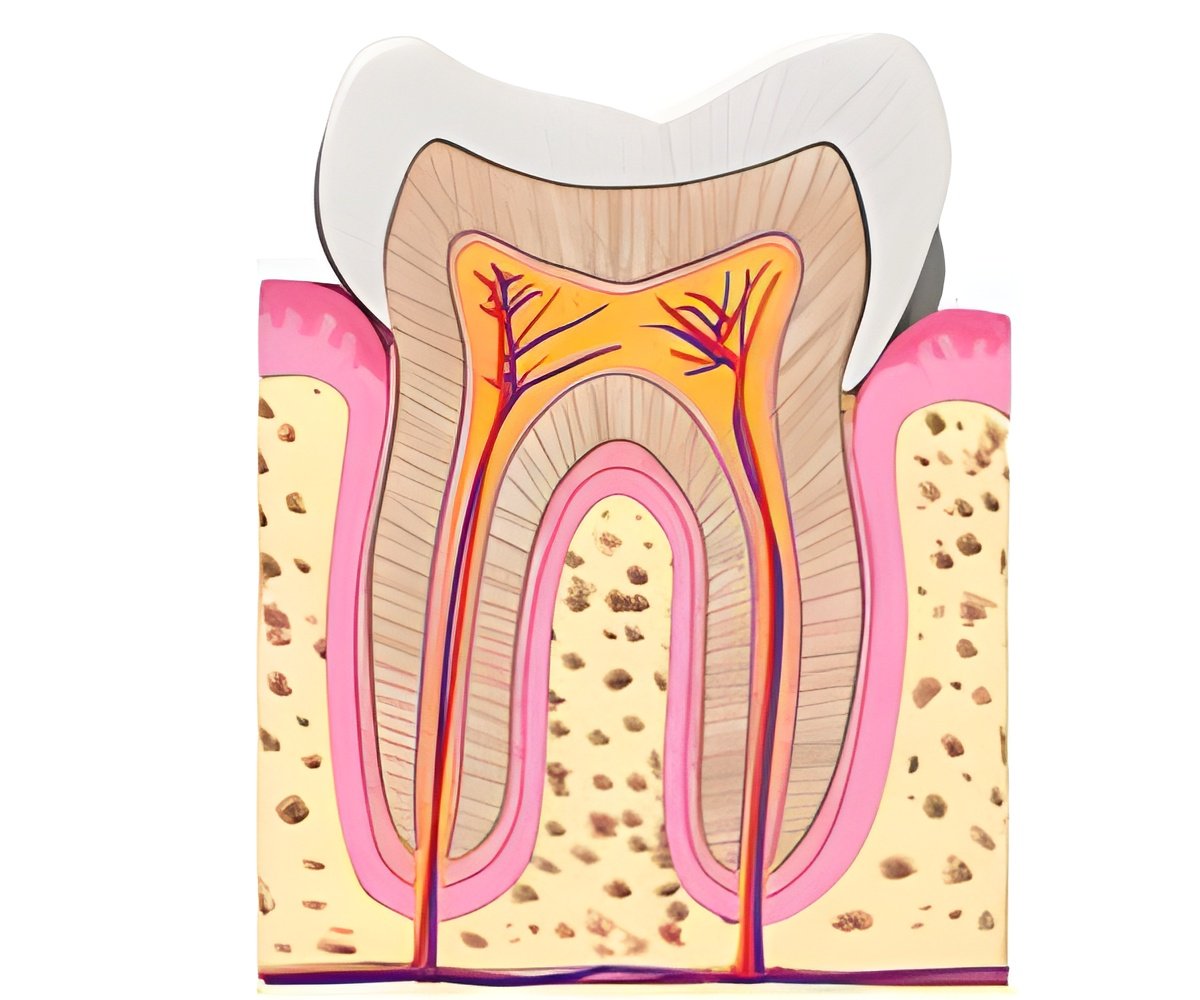
Dr Pratten and his team took samples from the mouths of people without retainers and those wearing either of the two most widely used types. As retainers are frequently removed and then replaced in the mouth, the potential for transmission of microbes is high.
Our mouths are full of different types of bacteria, some of which promote oral health. However, the researchers were looking for microbes which are not normally found in the oral cavity. They were particularly interested in two species of microbes; Candida, a type of yeast, and Staphylococcus including MRSA. Dr Pratten and his team found that species of these microorganisms were present on 66.7% and 50% of retainers respectively regardless of the retainer type. These microbes were also present on the interior cheeks and tongue of retainer wearers.
Candida and Staphylococcus rarely cause problems in healthy individuals but are potentially highly problematic in people with a compromised immune system. The bacteria on the retainers live in biofilms, which are communities of bacteria living together covered in a layer of slime. Once these biofilms form they are very difficult to remove and often have high levels of resistance to antimicrobials.
Dr Pratten says: "With the growing awareness the public has of hospital-acquired infections it is important to be aware of other potential 'hidden reservoirs' of harmful bacteria which could be introduced to environments where we know they can cause problems."
Whilst the researchers are now looking at developing effective methods of cleaning, for now hygiene is the key to reducing the transmission of these bugs. Anyone handling a retainer should wash their hands before and after use. Careful tooth brushing and mouthwash may also help to keep the retainer clean.
Source-Eurekalert
 MEDINDIA
MEDINDIA

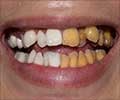
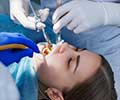
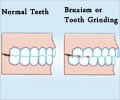
 Email
Email

